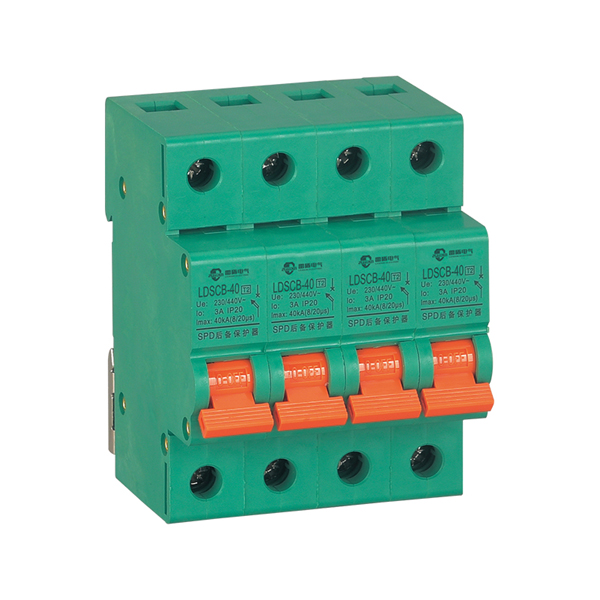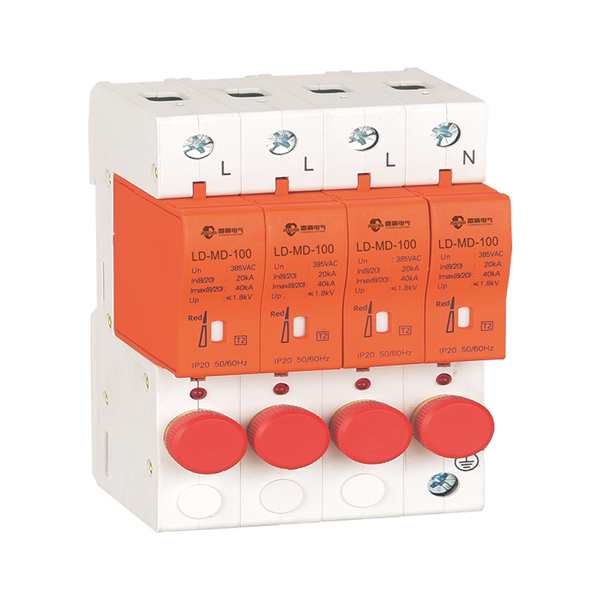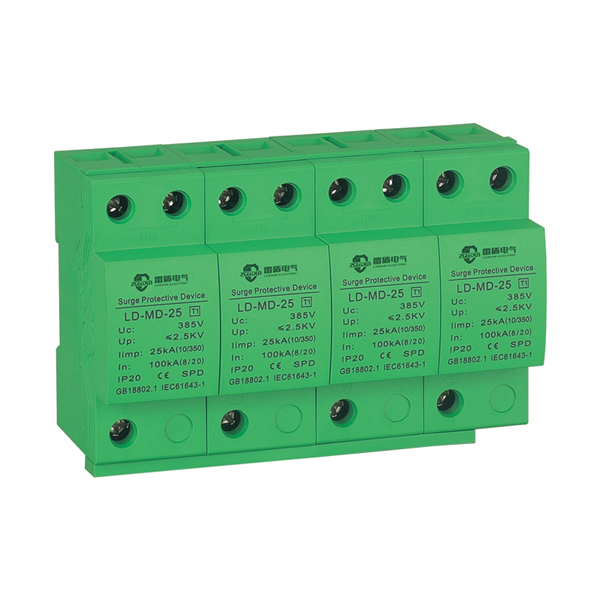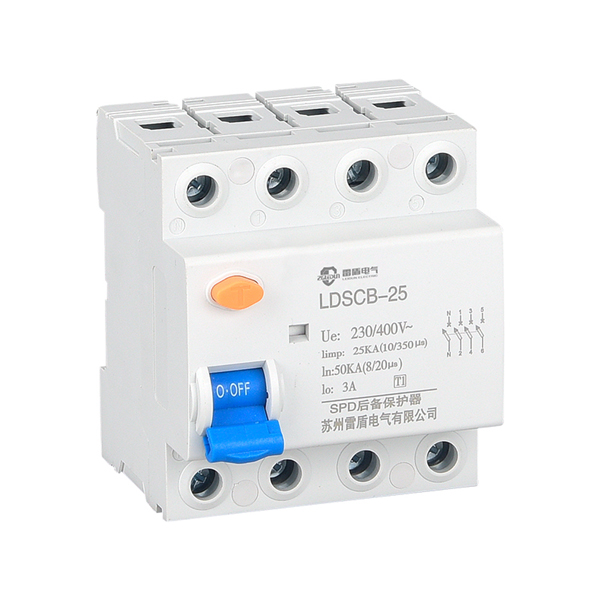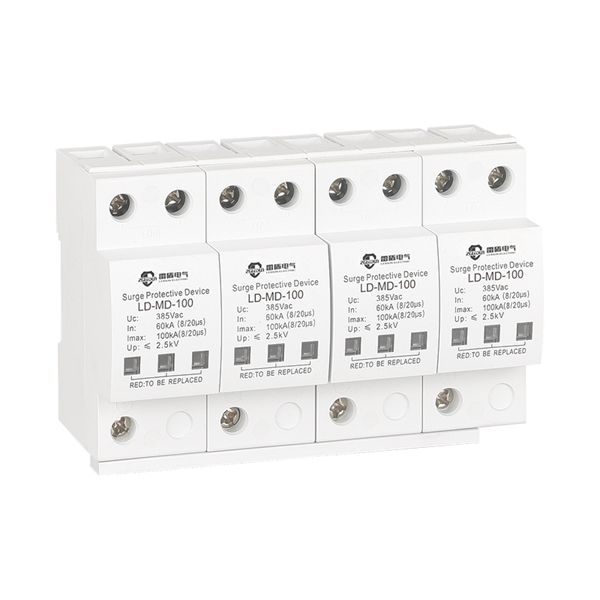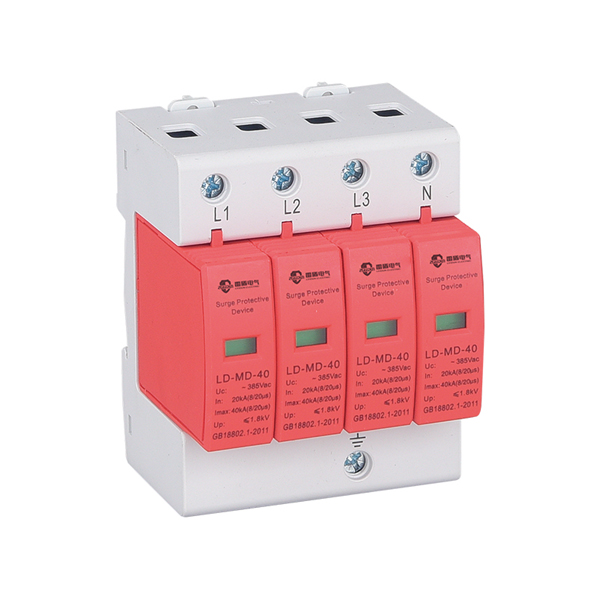Surge protection for both power and signal lines is a cost-effective way to save downtime, increase system and data dependability, and eliminate equipment damage caused by transients and surges. It can be used for any type of facility or load (1000 volts and below). The following are examples of SPD uses in the industrial, commercial, and residential sectors:
Control cabinets, programmable logic controllers, electronic motor controllers, equipment monitoring, lighting circuits, metering, medical equipment, critical loads, backup power, UPS, and HVAC equipment are all examples of power distribution.
Circuits for communication, telephone or fax lines, cable TV feeds, security systems, alarm signaling circuits, entertainment center or stereo equipment, kitchen or home appliances
SPDs are defined as follows by ANSI/UL 1449:
Type 1: Permanently connected, designed to connect the secondary of the service transformer to the line side of the service disconnect overcurrent device (service equipment). Their primary function is to safeguard the electrical system’s insulation levels from external surges induced by lightning or utility capacitor bank switching.
Type 2: Permanently connected to the load side of the service disconnect overcurrent device (service equipment), including brand panel locations. The main goal of these surge protectors is to protect sensitive electronics and microprocessor-based loads from residual lightning energy, motor-generated surges, and other internally generated surge events.
Type 3: At-the-Point-Of-Use From the electrical service panel to the point of use, SPDs should be built with a minimum conductor length of 10 meters (30 feet). SPDs that are cord linked, direct plug-in, and receptacle type are examples.
Type 4 : SPD (Component Recognized) Component Assembly –– These component assemblies are made up of one or more Type 5 SPD components, as well as a disconnector (internal or external) or a means of passing the UL 1449, Section 39.4 limited current tests. These are unfinished SPD assemblies that are normally placed in listed end-use items if all acceptance parameters are met. These Type 4 component assemblies are not permitted to be put in the field as a stand-alone SPD because they are incomplete as an SPD and require further examination. Overcurrent protection is frequently required for these devices.
Type 5 SPD (Component Recognized) — Discrete component surge protection devices, such as MOVs, that can be installed on a printed circuit board and linked by their leads, or that can be housed in an enclosure with mounting and wiring terminations. These Type 5 SPD components are insufficient as an SPD and must be evaluated further before being put in the field. Type 5 SPDs are typically employed in the design and building of full SPDs or SPD assemblies.
Post time: Mar-10-2022




